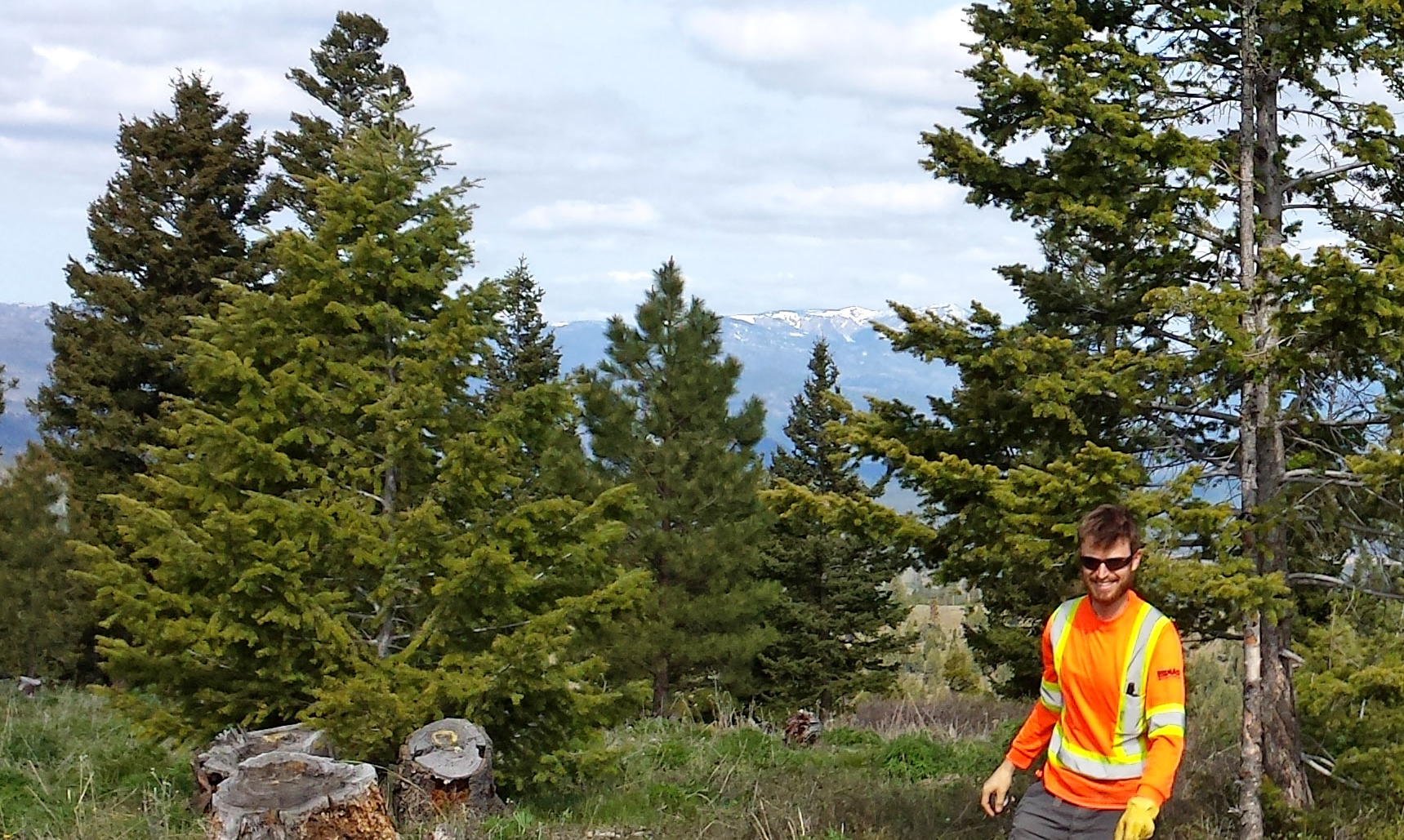
DEPÓSITO DE ROSEMONT
Introduction
The Laramide belt is a major porphyry province that extends for approximately 600 miles (1,000 km) from Arizona to Sinaloa, Mexico, and hosts a number of world class deposits. The Rosemont deposit, which comprises 869 MT at 0.51% Cu equivalent measured and indicated with a further 128 MT at 0.49% Cu equivalent inferred, falls within this belt.
The Rosemont Deposit consists of skarn-hosted copper-molybdenum-silver mineralization related to quartz-monzonite porphyry intrusions. Genetically, it is a style of porphyry copper deposit, although intrusive rocks are minor within the resource area. The skarns formed as the result of alteration of Paleozoic carbonate and, to a lesser extent, Mesozoic clastic rocks.
Mineralization is mostly in the form of primary (hypogene) copper-molybdenum-silver sulphides, found in stockwork veinlets and disseminations in the altered host rock. Some oxidized copper mineralization is also present in the upper portion of the deposit. The oxidized mineralization occurs as mixed copper oxide and copper carbonate minerals. Locally, minor amounts of enriched, supergene chalcocite and associated secondary mineralization are found in and beneath the oxidized mineralization.
A DIAS32 distributed dipole-pole-dipole array survey was conducted along the section shown above. This 2D DC/IP survey was carried out using 25 receivers along the survey line, all of which are recording for each current injection point. The receivers are distributed along the line with a 100 m spacing. Current was injected every 100 m along the line at the midpoint of each adjacent receiver electrode pair. In this way for each current injection up to 24 dipoles are recorded simultaneously. One of the strengths of this approach is that measurements are being taken in both directions along the line relative to the injection point. The current waveform is a 50% duty cycle square wave with a base frequency of 0.25 Hz, which delivers a 1 s on-time during which we measure the resistivity parameter, and a 1 s off-time during which we measure the induced polarization parameter.
The data were processed and interpreted using the UBC-GIF inversion routine DCINV2D. The inversion accounts for the topographic relief along the survey line, which is important to consider given the rugged terrain across the survey area.
The DIAS32 demonstration survey over the Rosemont deposit was successful in mapping the resistivity and chargeability characteristics along the survey line over the known mineralization. Both the resistivity and chargeability data sets clearly map the unconformity between the volcanic cover and the host limestone units. This contact varies from a depth of approximately 150 m in the western portion of the deposit to over 500 m in the eastern portion. The chargeability data set clearly identifies the known sulphide mineralization across this section and appears to map this parameter to a depth of several hundred metres, particularly in the central and eastern portions of the pit area. The chargeability also appears to map variability in the tenor of the sulphide mineralization from unit to unit within the deposit area.
The DIAS32 distributed array approach to surveying provides a higher level of confidence in the final model images because the method removes bias caused by the direction of current flow. The method provides coverage to great depth and can be used with confidence for drill targeting.



